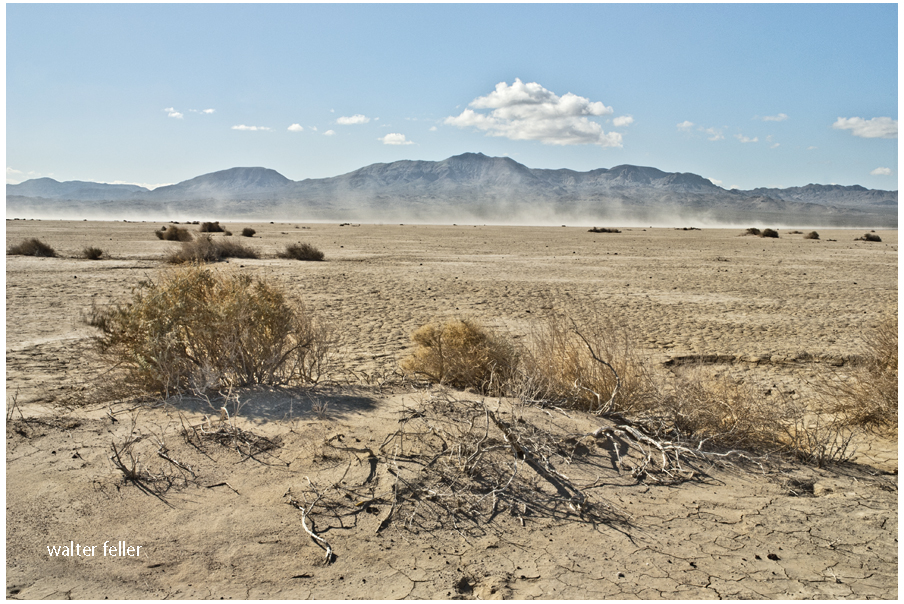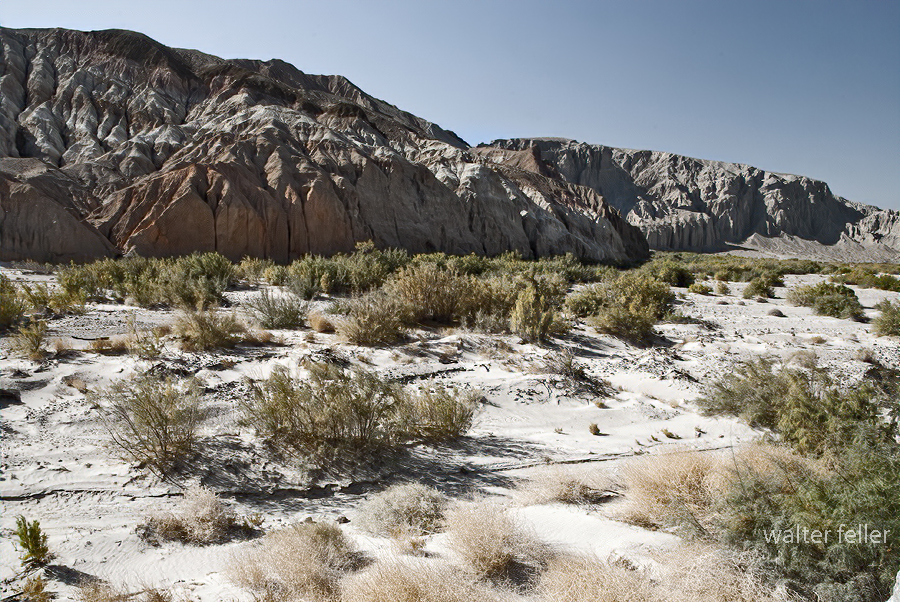
Lake Manix – Coyote Arm
The Coyote Arm of Lake Manix refers to a western extension of the ancient lake, reaching into what is now the Coyote Basin area. During the lake’s high stands, this arm would have been a shallow extension of the main body of water, influenced by the surrounding topography and hydrology.

As Lake Manix formed during the Pleistocene, its extent fluctuated with climate changes. At its peak, it covered over 90 square miles and was fed by the Mojave River. The Coyote Arm, like other sections of the lake, would have played a role in shaping local sediment deposition and ecosystems. When Lake Manix eventually breached at Afton Canyon, draining down the ancestral Mojave River path, the Coyote Arm would have dried up along with the rest of the lake, leaving behind alluvial deposits, clay beds, and evidence of past shorelines.

This area is now part of the Mojave Desert, with remnants of Lake Manix’s history visible in fossilized shorelines, lacustrine sediments, and scattered Pleistocene fossils.